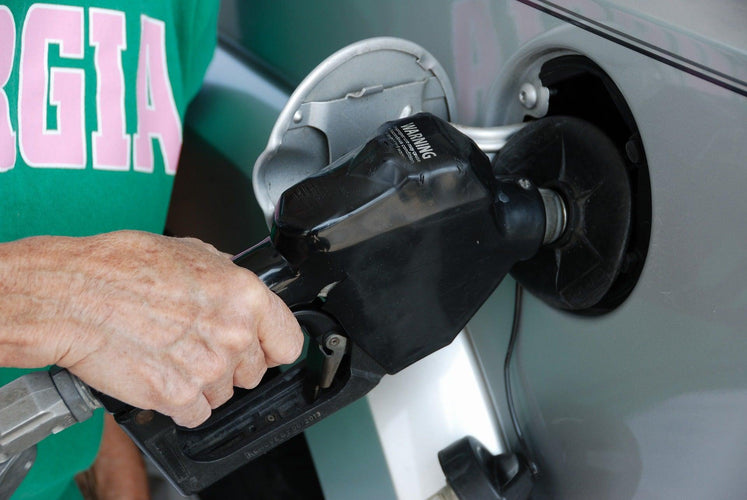Automobiles are the main flexible means of transportation on land, and the automobile industry is one of the most important basic industries in the national economy. With the mass production of automobiles, the problems of how to save energy and fuel, improve functions, save materials, simplify production procedures and reduce costs have arisen.
Automobile plasticization is the general trend, it is based on three main reasons, one is energy saving, the other is to improve the function, and the third is to simplify the manufacturing process and technology. Automobile fuel tank is one of the important functional and safety parts in automobile parts. The traditional fuel tank is made of metal. Due to the particularity of metal processing, it is difficult to form, and the strength of the welding seam is also low, the production qualification rate is low, and problems often occur in use. In recent years, in order to reduce the weight of cars and reduce costs, the conversion from metal materials to plastic resins has attracted widespread interest from researchers.
Which one is better, plastic fuel tank or metal fuel tank? In fact, these two fuel tanks really misled many people. According to the literal understanding, many car owners feel that metal fuel tanks are relatively strong, while plastics are prone to aging and cracking and are not corrosion resistant. But is this true? In fact, plastic fuel tanks are not as fragile as imagined, and the cost of engineering plastic fuel tanks is often higher than that of iron. In European and American countries, high-end trucks use plastic fuel tanks. In fact, since 2000, more than 90% of cars in the world have used engineering plastic fuel tanks. Compared with iron fuel tanks, plastic fuel tanks have the following significant advantages:
1. Light weight: For fuel economy, the weight of the body will be strictly controlled, and the fuel tank will not be spared, and the plastic fuel tank can provide more volume under the same conditions.
2. Strong anti-corrosion ability: the plastic fuel tank will not produce some impurities due to corrosion, so it can ensure the cleanliness of the fuel supply pipeline, reduce the impurities entering the engine, and increase its service life.
3. High plasticity: Plastic fuel tanks are usually manufactured by blow molding, and theoretically they can be made into any complicated shape, which can save space in addition to the volume of fuel.
4. Material stability: Because it is a high molecular polymer, its chemical properties are relatively stable, so the plastic fuel tank has a long service life.
5. High safety: It has certain flame retardancy and will not explode due to high temperature expansion. The shell can also maintain good elasticity, and will not cause serious deformation after a slight impact. At the same time, it will not generate electricity during friction or impact. Sparks lead to fuel. 6. Low production cost: This is the most attractive advantage of automakers. Plastic fuel tanks are not only relatively simple in processing technology, but also low in raw material costs.
In general, metal fuel tanks are mostly formed by welding, and the welded parts are prone to fracture when impacted, which can lead to fuel leakage in extreme cases, while plastic fuel tanks are mostly blow-molded at one time. Engineering plastic materials are resistant to impact and deformation and cracking. The performance is also better, which is also an important reason why engineering plastic fuel tanks are gradually replacing metal fuel tanks.








